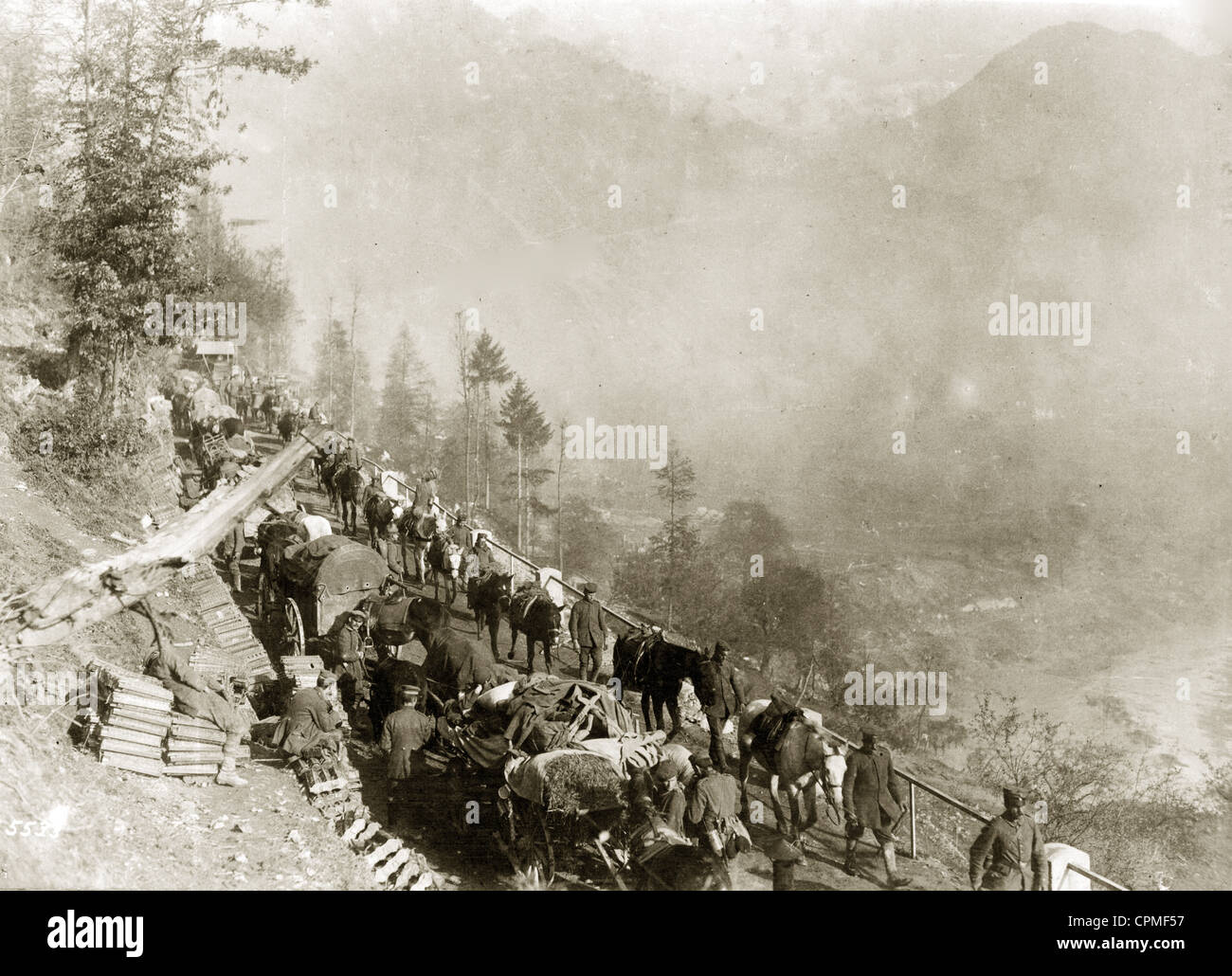
Battle of Tannenberg: August 26-August 30, 1914ĭubbed the Battle of Tannenberg by the victorious Germans in revenge for the 1410 conflict in which the Poles crushed the Teutonic Knights, this would be the country’s biggest win against Russia along the Eastern Front. Some 1,600 British and 5,000 Germans casualties are reported. In the final of four “Battles of the Frontier” held in the first weeks of World War I, the British forces are overpowered and forced to retreat, handing the Germans a strategic victory.
Battles of the isonzo series#
From May 1915 to October 1917 the forces of Italy and the Austro-Hungarian empire were locked into a series of twelve battles along the river Isonzo, across a sixty mile front from the Alps to the Adriatic.The first European clash since 1815’s Battle of Waterloo, the Battle of Mons takes place in Mons, Belgium, with a British Expeditionary Force that numbers about 75,000 fighting an estimated 150,000 Germans in an attempt to hold the Mons-Conde Canal. It provides a fascinating insight into a conflict which was pivotal for Italy, Austria and the Balkans. I must confess to knowing very little about the Italian Front and so this book stood out this month as being both well written and informative.

With its 130 or so excellent and previously unseen photographs gives a good description of the campaign based partly on the experience of individuals. I wish I had this book when I was writing those articles! History of War Website This allows the different battles to come into focus rather than as eleven virtually identical Italian attacks and one massive Austro-Hungarian and German success. The chapters on the twelve individual battles were of particular interest to me, having struggled to find any detailed accounts of these battles in the past. The large number of photographs are also very valuable in this respect, and give an impression of an incredibly difficult battlefield. The authors do a good job of explaining why the southern part of the front was so difficult – its plateaus were separated by ravines, lined with cliffs and generally made ideal defensive positions, as did the Isonzo valley. This is a welcome book, it is noteworthy for an excellent collection of photographs, many of which are from archives in Slovenia and never published before.

Western Front Association, David Parmee - October 2015 The author’s fascination with the Isonzo campaign and fondness for the mountains, rivers and valleys forming the modern day border regions of Italy and Slovenia are apparent. It is well illustrated by many contemporary photographs and maps. I enjoyed this book, it is an easily readable introduction for the military history enthusiast to a lesser-known theatre of the Great War. This is certainly the best short account of the campaign, an useful for anyone looking for a quick introduction. He gives us some excellent looks at the respective armies, their equipment, organization, and evolution through the war, and at their commanders, most notably the inept and brutal Italian chief-of-staff Luigi Cadorna, incapable of understanding the nature of the war, and very able Svetozar Boroevic, an ethnic Croatian Austro-Hungarian general. MacDonald gives us a concise, yet informative look not only at how the battles unfolded, within the framework of the greater war. 'With its 130 or so excellent and previously unseen photographs gives a good description of the campaign based partly on the experience of individuals.'Īs featured by VaeVictis, n° 150 - March/April 2020 Highly Recommended 10/10.' Great War Magazine 'Certainly this is one to add to the bookshelf for anyone who wants to add to their knowledge of the Italian Front and for all those generally interested in the Great War. His description of the Isonzo battles, of the battlefields and of the atrocious conditions in which the soldiers lived and fought is supported by a graphic selection of original photographs that record the terrible reality of the conflict. John Macdonald, in this accessible and highly illustrated account, aims to set the record straight. Yet this massive struggle is too often neglected in histories of the war which focus on the fighting on the Western and Eastern Fronts. The campaign was fought in the most appalling terrain for combat, with horrendous casualties on both sides, often exceeding those of the more famous battles of the Great War.

From May 1915 to October 1917 the armies of Italy and the Austro-Hungarian empire were locked into a series of twelve battles along the River Isonzo, a sixty-mile front from the Alps to the Adriatic.


 0 kommentar(er)
0 kommentar(er)
